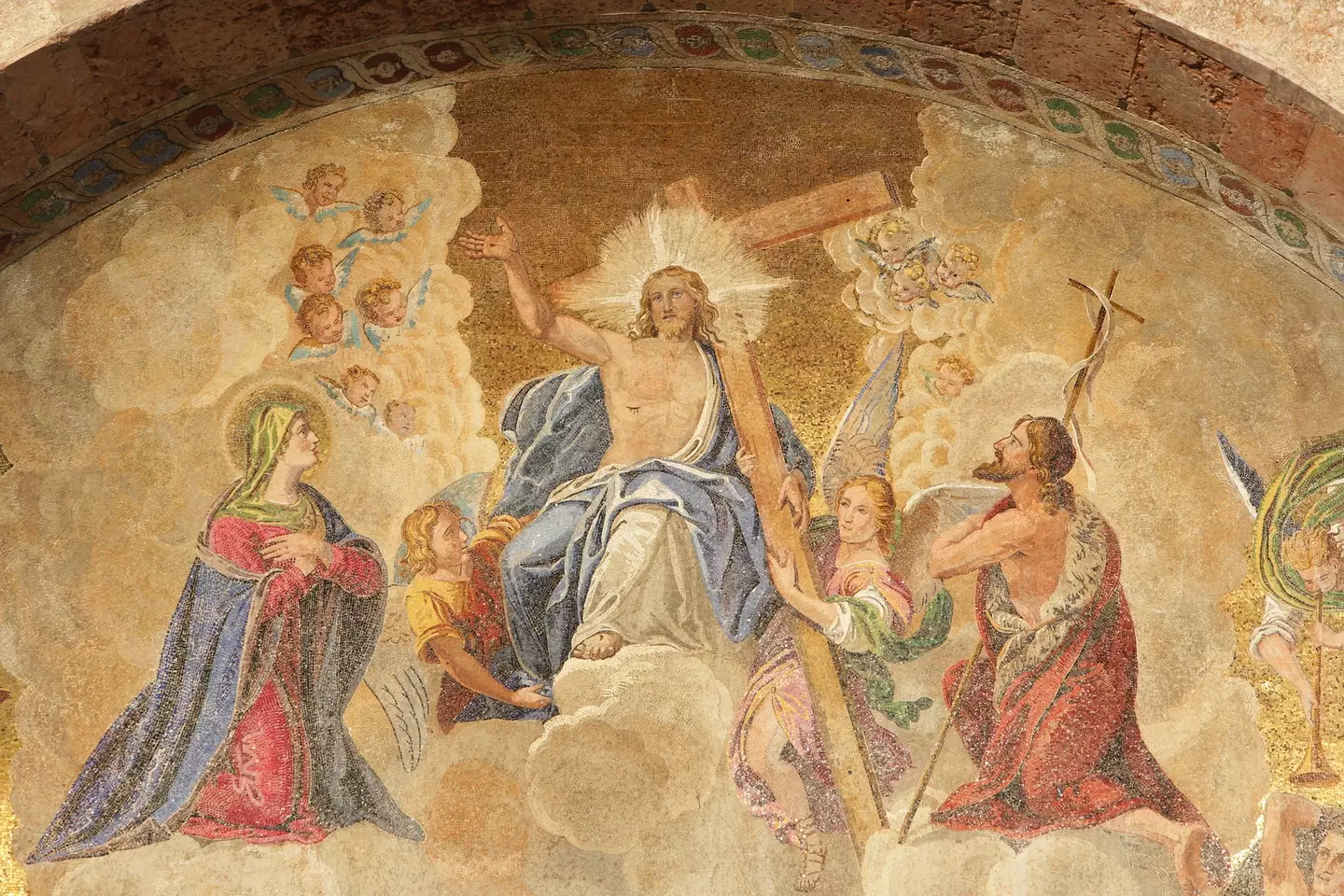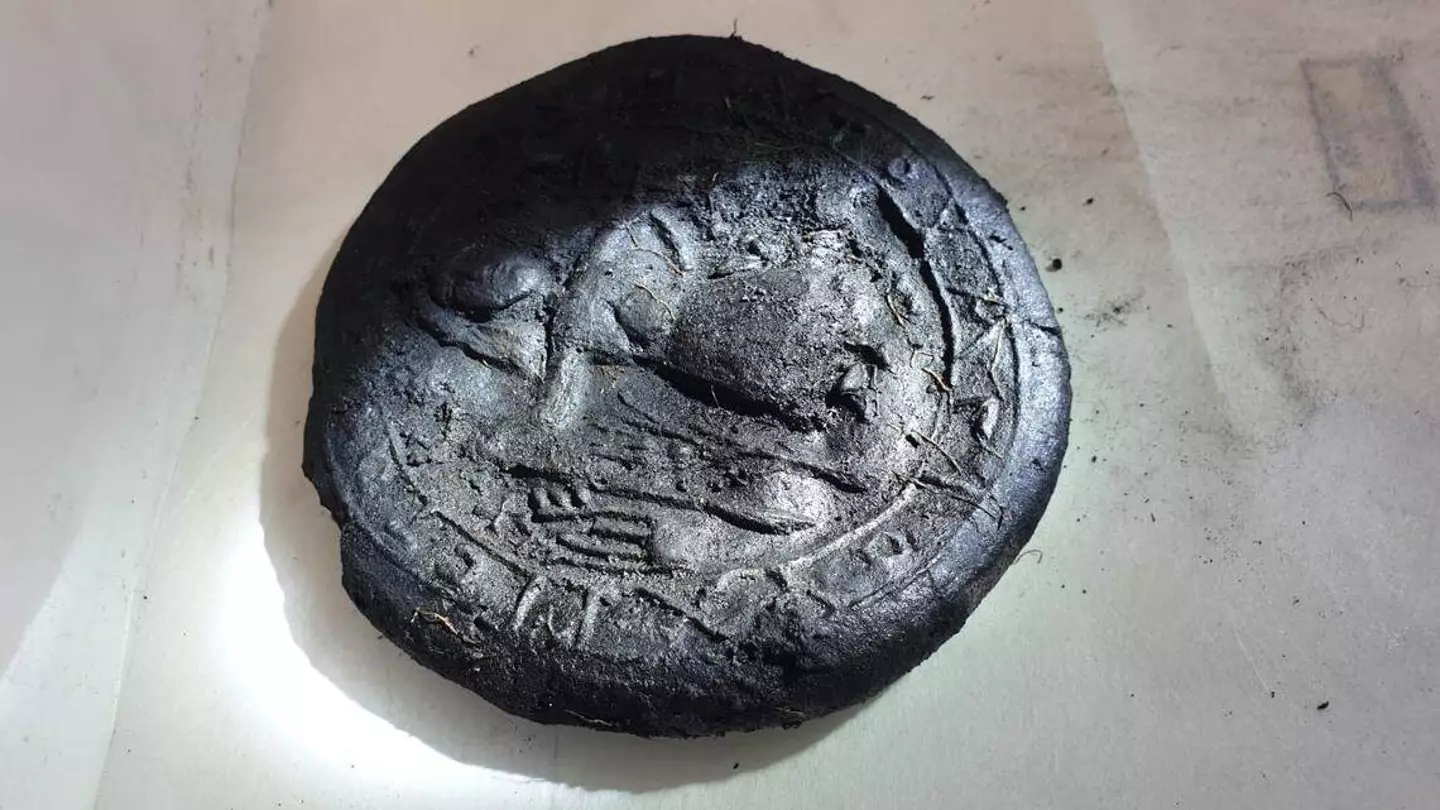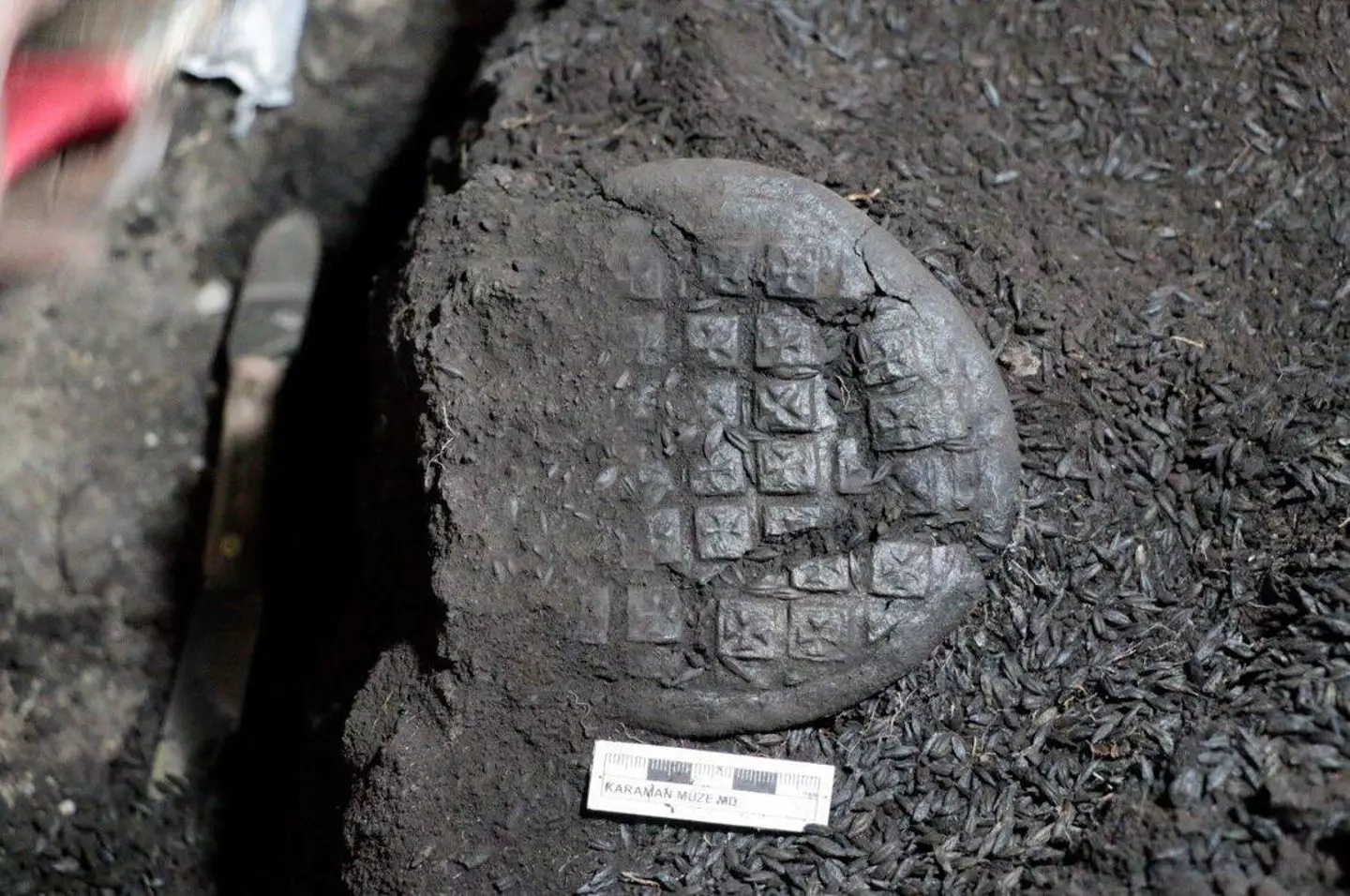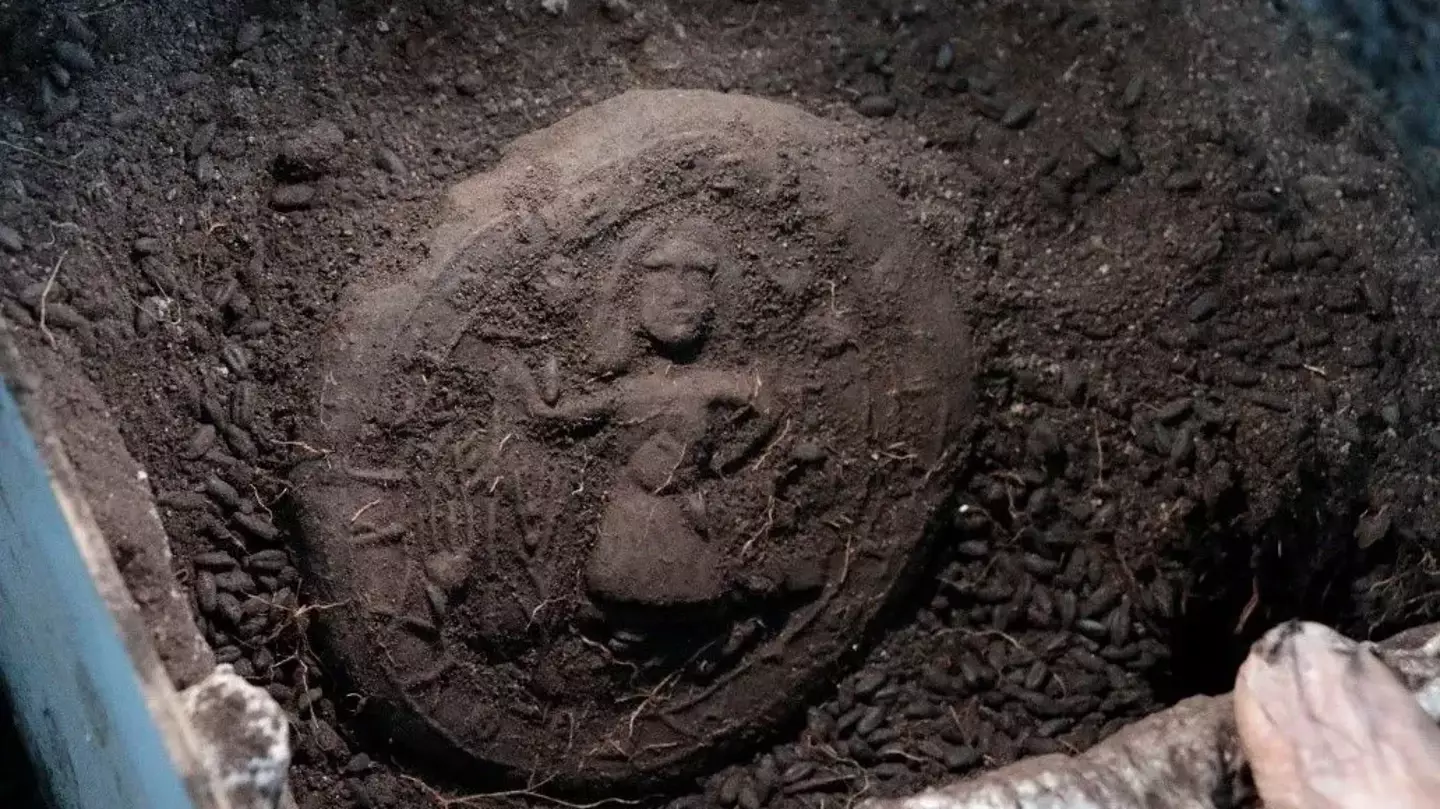An archaeological discovery in Turkey has uncovered an ancient artifact that sheds new light on one of the Bible’s most renowned verses.
Throughout history, there has been ongoing debate regarding whether the Bible is grounded in historical fact or is a work of fiction.
This recent finding offers fresh insights into the early Christian interpretation of the sacred text.
The artifact was found at Topraktepe, the ancient site of Eirenopolis in Turkey. Due to natural carbonization, the artifacts were preserved in remarkable detail despite the passage of time.
The artifact was subjected to fire under precise conditions, including controlled temperature and limited oxygen, to maintain its intricate details.
Researchers note that these findings are the most thoroughly documented examples of their kind in all of Anatolia, located in the westernmost part of Asia.
So, what exactly are these artifacts, and what is their connection to Jesus and the Bible?

The discovery includes five carbonized loaves of bread, marked with images resembling Jesus and crosses.
These loaves, dating back approximately 1,300 years, appear to relate to a specific biblical verse, and the history of the loaves carries significance beyond simply blessing food.
One loaf features a depiction of Jesus and an ancient Greek inscription reading: “With thanksgiving to the Blessed Jesus.”
This inscription references John 6:35, where Jesus proclaims, “I am the bread of life.”

In Eirenopolis, the residents regarded bread as sacred due to this quote, viewing it as symbolic of Jesus’ body.
The breadbasket from Topraktepe portrays Jesus as a sower, a person who plants wheat, while the other four loaves are decorated with crosses, indicating their potential use in communion rituals.
These artifacts might have been utilized for the Eucharist, also known as the Lord’s Supper.
During this ritual, participants consume bread and wine in remembrance of Christ.
Jesus being represented as a sower carries a spiritual connotation, symbolizing the cycle of planting and harvesting as a metaphor for salvation.

This is not the only artifact that has fueled discussions and provided scientific evidence supporting the idea that Jesus existed as a historical figure.
The renowned Turin Shroud, currently displayed at the Cathedral of St. John the Baptist in Turin, Italy, is believed by some to be the burial cloth of Jesus Christ from 2,000 years ago.
First discovered in the late 14th century, the shroud’s authenticity was questioned by many, but scientific analysis dated it back to a period consistent with Jesus’ lifetime.
Initially thought to originate between 1260 and 1390, a study published in Heritage in 2022 utilized x-ray analysis to suggest the artifact is ‘much older’ than previously believed, aligning with the theory that the TS [Turin Shroud] could be a 2,000-year-old relic, as proposed by Christian tradition.
However, researchers acknowledged that this conclusion hinges on the shroud having been preserved under strict temperature-controlled conditions for the past 2,000 years.

